
1857 : First War of Independence
A Miniature Sheet consisting of 2 nos of commemorative postage stamps on the 150th Anniversary of the Indian Rebellion of 1857 :


 Issued by India
Issued by India
Issued on Aug 9, 2007
Issued for : Department of Posts is honoured to issue a set of postage stamps commemorating 150 years of the First War of Independence.
Design : The stamps and the miniature sheet artistically depict the two pitched battles at Kanpur and Lucknow focusing on unknown soldiers.
The First Day Cover depict the dawn of the new nationalism symbolized by the rising sun; the guns whose greased cartridges provided the immediate catalyst. The First Day Cover also depict a part of the constitution drafted by the sepoys.
The two maxim cards depict war scenes, adopted from murals and tribal paintings from Madhya Pradesh.
Credits :
Stamp : Shankha Samanta
FDC : Bharati Mirchandani
Cancellation : Alka Sharma
Type : Miniature Sheet, Mint Condition
Colour : Multicolour
Denomination : 500 & 1500 paise
Stamps Printed : 0.8 Million each
Miniature Sheet : 0.4 Million
Printing Process : Photogravure
Printer : India Security Press, Nasik
About :
- The year 1857 witnessed the first war of independence, which is perhaps one of the defining moments of Indian freedom struggle. Scholars and historians ascribe many causes and among these causes one that triggered the chain of incidents was reaction of the Indian soldiers of the East India Company’s army, to the grease of the new kind of cartridge they were compelled to use. Perhaps the more important causes were people’s discontentment with the land taxes taken by the British government, the seizure of many kingdoms and princely states by the British, and above all, people’s desire for freedom from foreign rule.
- One of the early incidents of protest by soldiers took place in Barrackpur near Kolkata. Soon after in the month of May, 1857, Indian soldiers of the East India Company, called by the British “Native sepoys”, revolted. On March 10 they marched to Delhi and declared the Moghul King Bahadurshah II, as the Emperor. The fire soon spread to Kanpur, Lucknow, Jhansi, Bareilly and many other parts of the Gangetic heartland, and the storm centers were spearheaded by Nana Saheb, Diwan Azimullah, Tantia Tope, Kunwar Singh and Rani Laxmi Bai. The big battles between the British and the rebels took place mainly in the region between the Narmada and the Ganga. But reverberations were felt in distant parts such as South Maratha country, some parts of South India, parts of Gujarat and Rajasthan and even in North East India in Khasi-Jaintia hills and Cuchar.
- The significance of 1857 is that unlike many a battle against the British earlier, for the first time simultaneously there were rebellions in many regions, imparting an all-India character to the uprising. 1857 was remarkable not only due to its unprecedented scale, covering almost half of India, but also due to its impact on popular mind everywhere. It was a source of inspiration for the freedom struggle that followed.
- Moreover, the unity that was displayed between the different communities during the uprising was quite remarkable. Another significant aspect of 1857 was the unity under the Mughal Emperor. The allegiance to the emperor was accepted by almost every leader in the rebellion and thus it can be said that this loyalty brought about a measure of political unity among those who were in the struggle against foreign rule. For all these reasons 1857 and the stories of heroism and martyrdom and struggle for independence have a place in the hearts of the people of India.
- Text : Based on material provided by Indian Council of Historical Research.


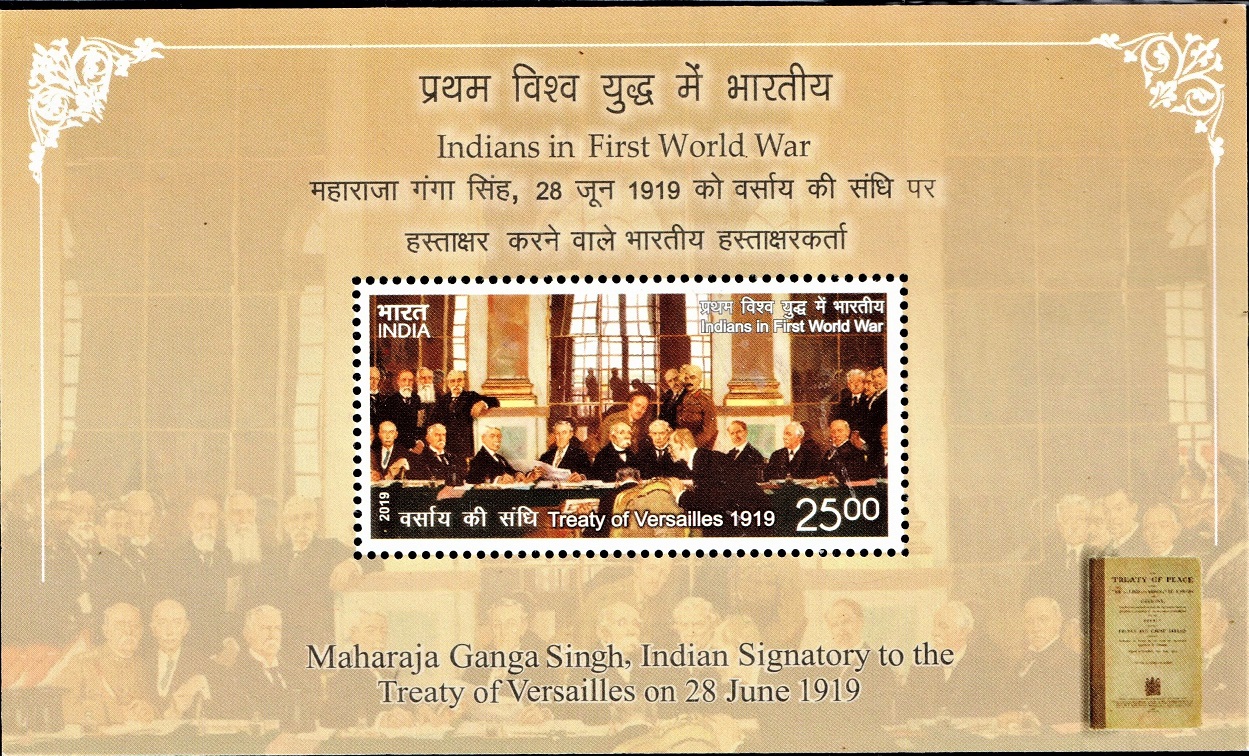
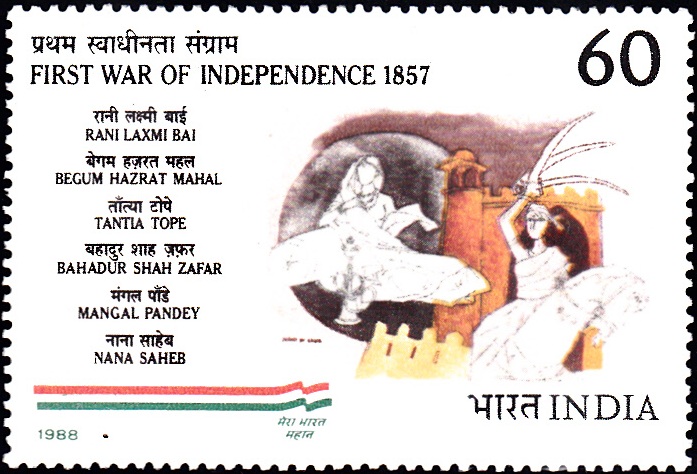
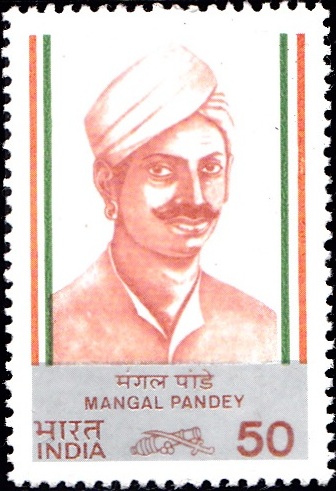
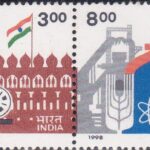
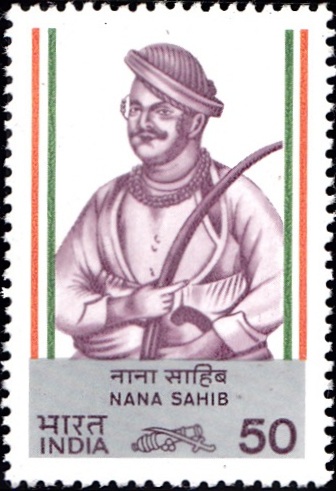
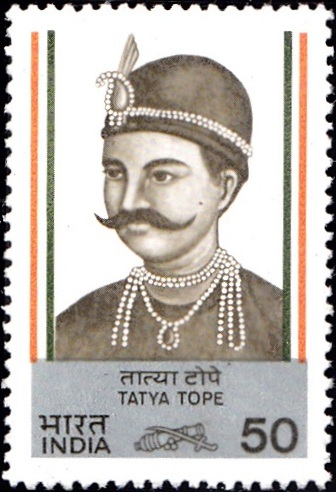
[…] first war of Indian Independence in 1857 forced the British to look for a safe direct link of communication to India and the answer […]
[…] liberation movement. Modern historians have rightly rechristened the ‘Mutiny’ as the First War of Independence of […]
[…] Pindari War (1817), operations against Bhils (1841) and Arabs (1853), Rohilla War (1854) and operations at Jhansi […]
[…] Madhya Pradesh, will be remembered among the valiant women who sacrificed their lives in the 1857 War of […]
[…] rule. He used Guerilla war tactics against the Britishers. During 1857, when entire India declared war of independence against the British rule, Shedmake consolidated 500 tribal youth from the region and prepared an […]
[…] State, on May 9, 1866, nine years after the spark of Indian nationalism was kindled by the Great Uprising of 1857. On graduation, he turned his back on a life of comfort to start his mission in the field […]
[…] in Jagdishpur in the Shahabad District of Bihar about 1777 and was destined to die a hero in the Great Rising of 1857. When India rose against British authority in 1857, Babu Kunwar Singh was already past his […]
[…] Rajnarayan Bose‘s tract on ‘Brahmoism‘ deeply influenced him and in the year of India’s first war of independence (1857) he joined the Calcutta Brahmo Samaj. Soon thereafter he studied the Young Bengal Movement of […]
[…] London, Savarkar, wrote a book entitled the “First War of Independence” about the 1857 revolution. This book was promptly confiscated by the Government even before its publication. Later, […]
[…] next important phase of his life coincided with the First War of Independence in 1857 and its aftermath. Earlier, he had come close to Bahadur Shah Zafar, the last Moghul […]